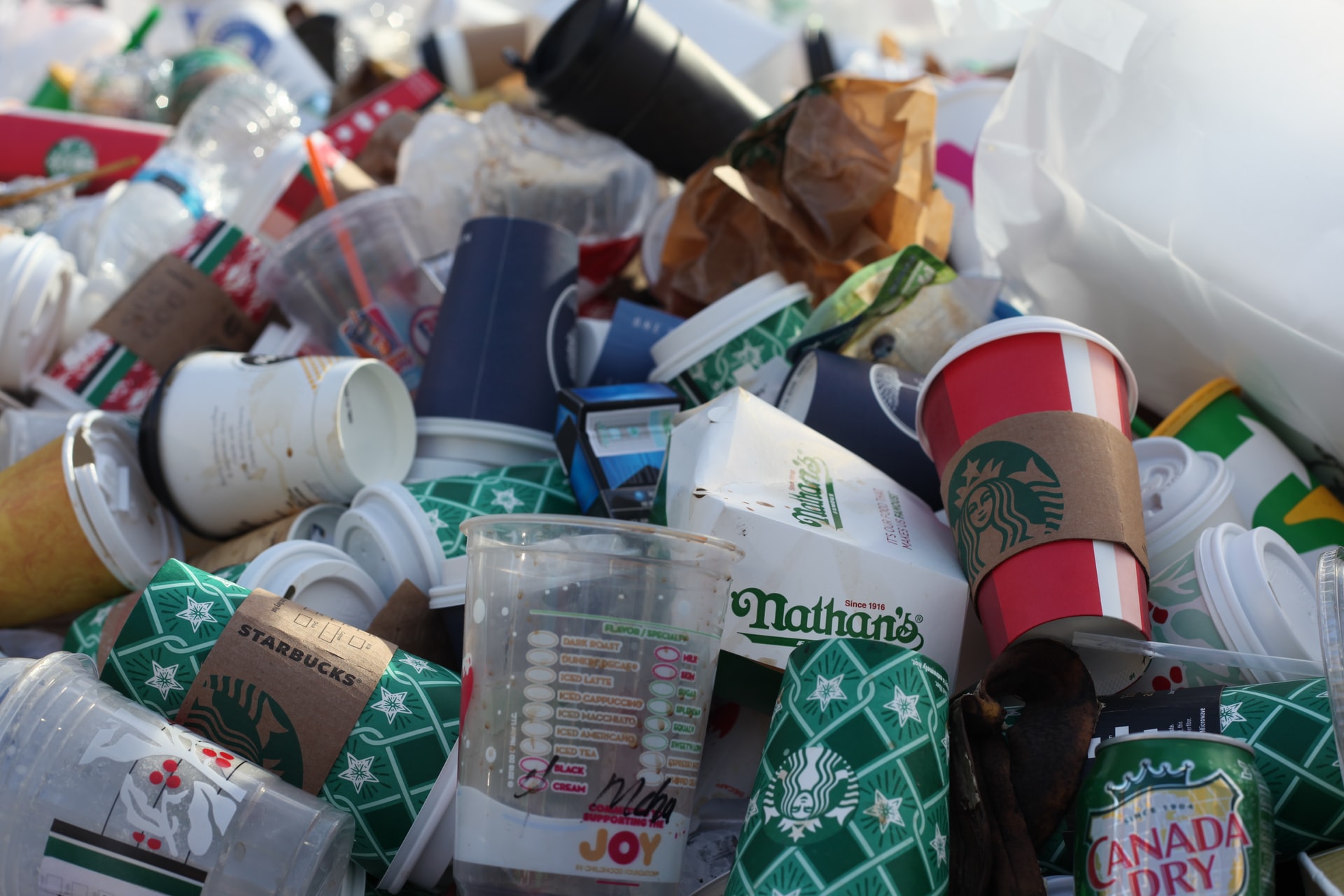At Toast Food we’re continually keeping up with the innovations in packaging materials. We want to be in the best position when it comes to advising our food and drink clients on solutions to make their products easier to recycle, here we look at the alternatives to single-use plastic.
We’ve all seen the facts and figures over the last two years, and it can make terrifying reading.
- Over 320 million tons of plastic were produced globally in 2016. This figure is set to double by 2034
- 13 000 000 tons of plastic are found in our oceans each year, that’s 206 kilos per second according to the UN
- Over 150 plastic bottles litter each mile of UK beaches
- 100,000 marine mammals and turtles and 1 000,000 sea birds are killed by marine plastic pollution annually
This is just a selection of the terrifying and frightening facts and figures that are out there and we all need to do our part.
Here at Toast Food, as branding and expert packaging designers, part of our contribution and responsibility is to research, source and advise better packaging solutions to our clients and help to reduce the single-use plastics that consumers buy and have to do something with afterwards.
The good news is because of the focus and the increasing awareness of the ‘plastic problem’, has led to more innovation. Giving food & drink brands more choice when looking to alternatives to plastic, here are five of our favourites.

Packaging made from waste langoustine shells:
CuanTec, a Scottish Biotec company, has produced compostable bioplastic made from waste langoustine shells. This innovation can be used as an alternative to plastic film, it’s flexible, odourless and tasteless and has the potential to be both industrially and home compostable.
The film is which is currently at the experimental stage is now being co-developed with Waitrose, who hope to use it as an alternative to conventional plastic film on some of its fish products soon. Find out more at www.cuantec.com
Sustainable stand-up pouches
Stand-up pouches are usually made from plastic and they are a common sight on our supermarket shelves, used for everything from sauces and sugar to baby food. However, they also cause one of the most significant issues for stockists and consumers as they are hard to recycle.
One of our favourite alternatives is Earthpouch, a stand-up that is plastic-free and can be recycled.
Earthpouch is made from a renewable material source and can be recycled as part of the paper stream, making it a fantastic alternative to plastic stand-up pouches.
Water Bubbles made from Seaweed:
These have been around for several years now, but they’re a perfect alternative to single-use plastic, particularly water bottles.
Notpla is a material made from one of nature’s most renewable resources, brown Seaweed and it’s edible. This product can be used as several alternatives to single-use plastic, from replacing cups and water bottles or sachets used for sauce sachets, and this is what Ooho does, we think this is fantastic.
In 2019 30,000 edible Ooho pods were given out at the London Marathon, containing Lucozade reducing the amount of single-use plastic thrown away by the runners.
Find out more at www.notpla.com/products/
An algae-based alternative to single-use plastic:
Margarita Talep, a designer based in Chile, has created a sustainable, biodegradable alternative to single-use packaging, using raw material extracted from algae.
This material is made up of a polymer, a plasticiser and an additive, the amount of each ingredient varies depending on the desired consistency of the final product. The polymer and main ingredient, in this case, is agar — a jelly-like substance extracted from red algae by boiling. To make a material that bears a close resemblance to thin plastic, Ms Talep boils the agar mixture to around 80 degrees Celsius, before transferring the molten liquid into a mold.
When the liquid drops to a temperature below 20 degrees Celsius, it takes on a gel-like consistency. This is then left to dry in a well-ventilated environment with a constant temperature until it becomes similar to paper or thin plastic. This material is especially suited to containing dry food products, and it breaks down naturally within two to three months.
This product was initially reported in Dezeen.
Compostable Cellophane bags.
Another hard to recycle material is cellophane commonly used for bags to hold various food products from spices and pasta and often ends up in landfill sites.
A sustainable alternative is NatureFlex™, which is a compostable film made from wood pulp from sustainable sources, making it an environmentally-friendly choice.
So, in conclusion, the innovations are leading to good alternatives to single-use plastic and the ones we’ve outlined above are just a small selection.
There’s lots of work to be done but if brands can start to look at the alternatives and try to use them we can hopefully stop adding to the problem. Let’s be clear, not all plastics are bad, it’s more about how and when it’s used and making them as recyclable as possible.
If you know of other alternatives to the innovations that we have listed above, we’d love to hear about them. Finding environmentally friendly packaging solutions and innovations is an area that we are particularly passionate about.
Photo by Jasmin Sessler on Unsplash